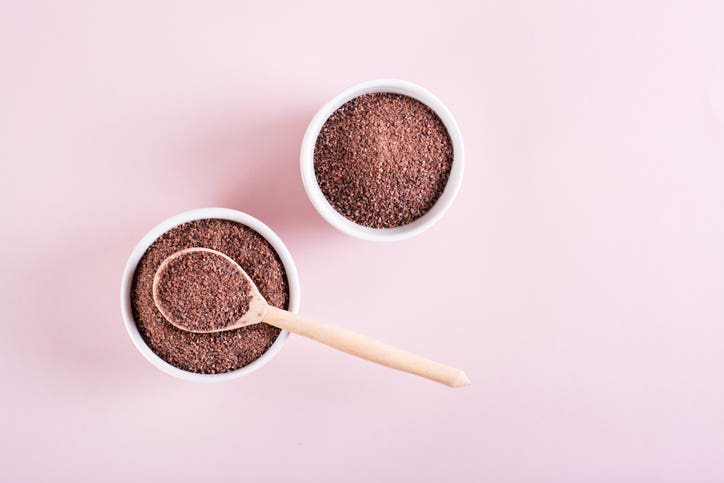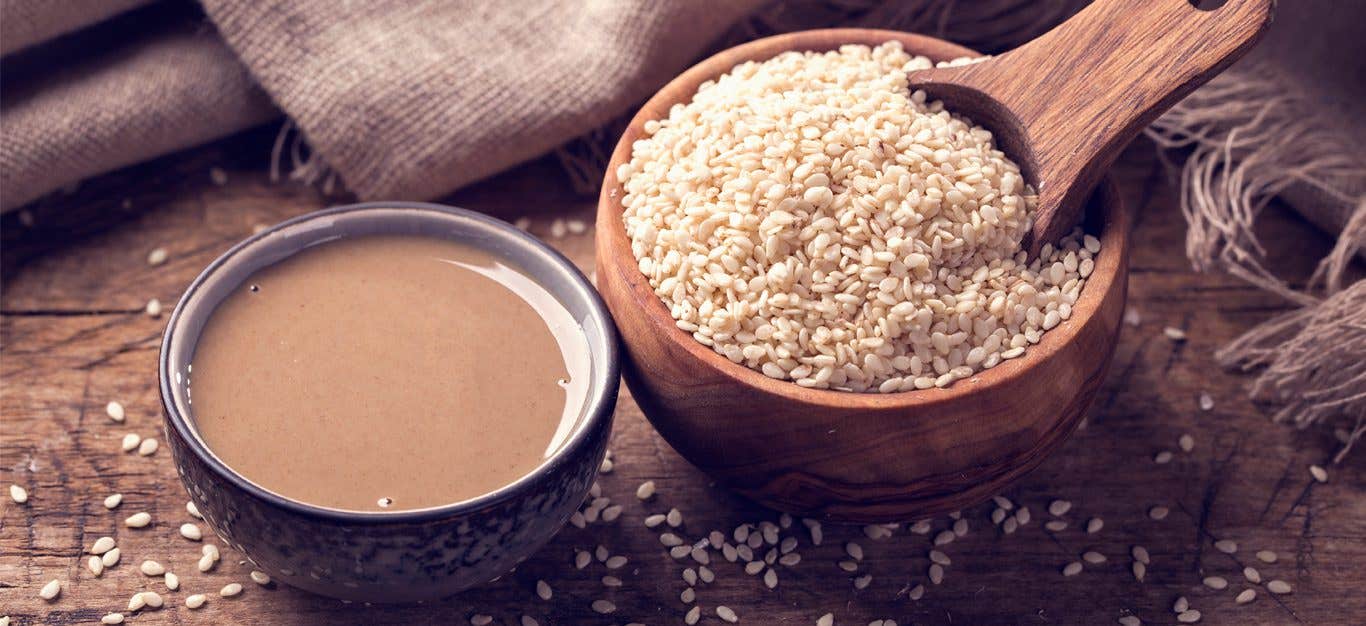If you haven’t heard of fonio until recently (or now), you’re not alone. For decades, the tiny seeds cultivated in West Africa since ancient times have been a “forgotten food”: That’s the official term given to heritage grains that were long neglected and underused despite their nutritional benefits. (Quinoa was once a “forgotten food,” too.) Today, the growing demand for “new” sustainable whole grains has made fonio widely available to home cooks around the world.
What Is Fonio?
Fonio or acha (as it’s known in Nigeria) is a type of millet that has been grown and harvested in Africa for more than 4,000 years. Each seed is about the size of a grain of sand. Fonio’s miniscule size made it laborious to harvest and hull until mechanization processes were developed in the early 21st century.
As a crop, fonio does well in poor soil and harsh climate conditions (heat and drought) and is ready to harvest eight to 10 weeks after it is planted. That’s about half the time it takes for wheat to reach maturity.
Flavor
Fonio has a subtly nutty taste that’s reminiscent of the flavor of bulgur wheat. Firm, fluffy, chewy, or smooth: The longer fonio cooks, the creamier it gets. It expands to four times its size when cooked, making it a cost-efficient ingredient as well.
Nutrition
Gluten-free and fiber-rich, fonio is a whole grain with a nutritional profile that’s similar to brown rice. Fonio is high in fiber, protein, and iron, making it an excellent healthy option.
Where to Find Fonio
Fonio grains and flour are sold in the flour and/or whole grains section of well-stocked supermarkets. Fonio products are also available through online retailers, including Amazon and Yolélé. Yolélé and its founder, chef Pierre Thiam, are committed to sourcing fair-trade, sustainable fonio from Africa.
Cooking
Tiny, translucent fonio grains can be cooked like whole grains, ground into a gluten-free flour, or added to baked goods to give them a tasty crunch, like sesame seeds. Preparing fonio is so easy that, according to an African Proverb, “Fonio never embarrasses the cook.” What’s more, fonio grains cook in just five minutes—faster than any other whole grain. Package directions may call for butter or oil, but you don’t need it.
Here are some basic instructions for cooking fonio on the stovetop (but it's always a good idea to read instructions on the package): Use 2 cups liquid for every 1 cup fonio. Bring the liquid to a rolling boil, then stir in the fonio. Cover; reduce heat to medium-low, and simmer 4–5 minutes or until all liquid is absorbed.
Ways to Use Fonio
Fonio has a nutty, buttery flavor that pairs well with fragrant herbs and spices. In Senegal, fonio is served as a base for mafé, a vegetable-laced peanut stew, and used in grain salads similar to tabbouleh. Try it as a hot breakfast porridge, a base for grain bowls, and any salad that calls for quinoa, couscous, or bulgur wheat. Fonio can also be added to baked goods for extra texture.
Recipes to Try Fonio In
Try subbing fonio for the whole grains in the following healthy plant-based recipes.
- New American Veggie Cheeseburgers
- Thai Green Curry Rice
- Roasted Buckwheat Salad
- Butternut-Bulgur Chili
- Couscous Bowls
- Freekeh Tabbouleh with Grapefruit
- Israeli Couscous and Kale Salad
- Polenta and Sweet Potato Mash with Mushroom Sauce
- Rhubarb and Red Quinoa Soup
- Millet and Kabocha Squash Breakfast Parfaits
For more guidance in healthy cooking, check out Forks Meal Planner, FOK’s easy weekly meal-planning tool to keep you on a plant-based path. To learn more about a whole-food, plant-based diet, visit our Plant-Based Primer.

Related News
Get Our Best Price On The Forks Meal Planner

Forks Meal Planner takes the guess work out of making nutritious meals the whole family will enjoy.
Master Plant-Based Cooking!

Our new course features over 100 lessons, 50+ recipes, downloadable guides, and more!



